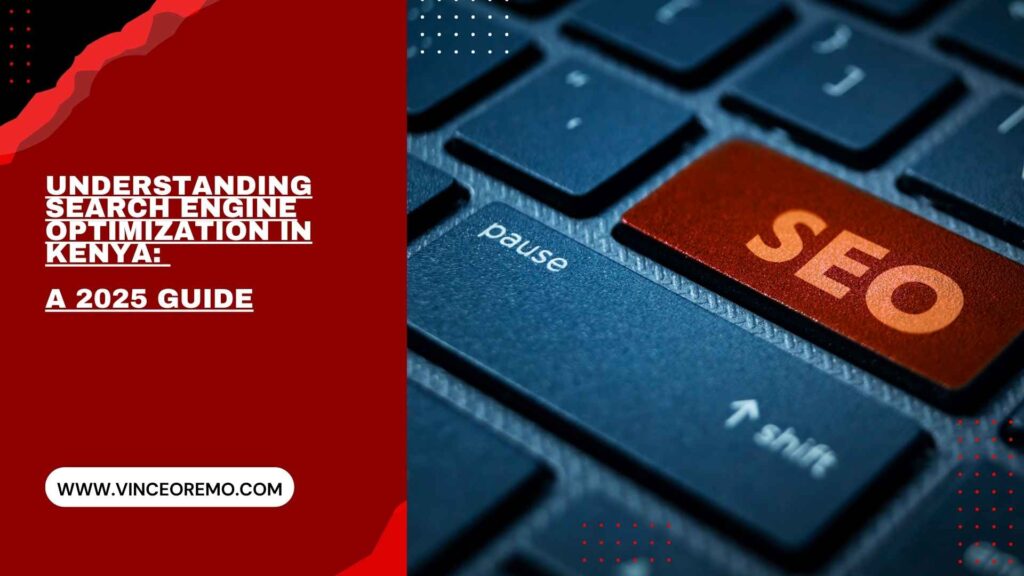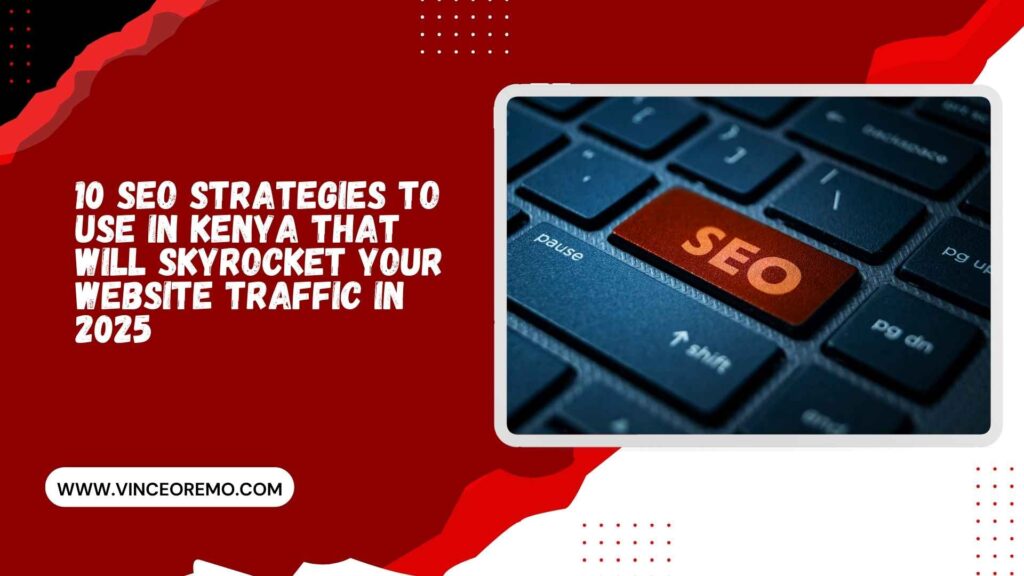Search Engine Optimization, commonly known as SEO, is the practice of increasing both the quality and quantity of website traffic through organic search engine results. It involves various techniques and strategies aimed at improving a website’s visibility when people search for products or services related to your business.
SEO is not just about search engines but good SEO practices improve the user experience and usability of a website, making it more valuable to both users and search engines.
Key Components of SEO
SEO encompasses several components that work together to improve a website’s search engine rankings:
On-Page SEO
Involves optimizing individual web pages to rank higher and earn more relevant traffic. This includes optimizing content, HTML source code, meta tags, and images.
Off-Page SEO
Refers to actions taken outside of your website to impact your rankings within search engine results pages. This primarily involves building backlinks from other reputable websites.
Technical SEO
Focuses on improving the technical aspects of a website to increase the ranking of its pages in the search engines. This includes improving site speed, mobile-friendliness, and indexing.
The Importance of Keywords in SEO
Keywords are the foundation of SEO. They represent the terms and phrases that users enter into search engines when looking for information, products, or services. Understanding and strategically using keywords is crucial for successful SEO.
| Keyword Type | Description | Example |
|---|---|---|
| Short-tail Keywords | Generic and broad terms consisting of one or two words | SEO, digital marketing |
| Long-tail Keywords | More specific phrases containing three or more words | best SEO tools for small business |
| Geo-targeted Keywords | Keywords that include a specific location | SEO services in New York |
| LSI Keywords | Semantically related keywords that provide context | search rankings, organic traffic |
“The best place to hide a dead body is page two of Google search results.” — Anonymous
Content Optimization Strategies
Content is king in the world of SEO. High-quality, relevant, and engaging content not only attracts users but also signals to search engines that your website provides value. Here are some effective content optimization strategies:
- Create comprehensive, in-depth content that thoroughly addresses user queries
- Incorporate relevant keywords naturally throughout your content
- Use headers (H1, H2, H3) to organize content and improve readability
- Include multimedia elements like images, videos, and infographics
- Update content regularly to keep it fresh and relevant
- Focus on creating content that generates backlinks naturally
Content Length and SEO
While there’s no definitive “ideal” content length for SEO, studies have shown that longer, more comprehensive content tends to rank better in search results. However, quality should always take precedence over quantity.
| Content Type | Recommended Length | Purpose |
|---|---|---|
| Blog Posts | 1,500-2,500 words | In-depth exploration of topics, comprehensive guides |
| Product Pages | 500-1,000 words | Detailed product descriptions and benefits |
| Landing Pages | 300-500 words | Concise, conversion-focused content |
| Pillar Content | 3,000+ words | Comprehensive resource on broad topics |
Technical SEO Elements
Technical SEO involves optimizing the infrastructure of your website to improve its visibility in search engines. This includes fixing issues that might prevent search engines from crawling and indexing your site effectively.
Technical SEO issues can significantly hinder your website’s performance in search results, even if your content is exceptional. Regular technical audits are essential for maintaining optimal SEO health.
Key Technical SEO Factors
Here are some critical technical elements that impact your website’s SEO performance:
| Factor | Impact on SEO | Best Practices |
|---|---|---|
| Site Speed | Major ranking factor and crucial for user experience | Optimize images, use browser caching, minimize CSS/JS |
| Mobile-Friendliness | Critical due to mobile-first indexing | Use responsive design, test on multiple devices |
| Site Architecture | Affects crawlability and user navigation | Create logical hierarchy, limit clicks from homepage |
| Schema Markup | Helps search engines understand content context | Implement relevant schema types for rich snippets |
| SSL Certificate | Security signal and ranking factor | Install SSL certificate (HTTPS) |
Link Building Strategies
Link building remains one of the most important aspects of SEO. Quality backlinks from authoritative websites signal to search engines that your content is valuable and trustworthy.
Effective Link Building Approaches
Here are some ethical and effective strategies for building high-quality backlinks:
- Create linkable assets – Develop comprehensive guides, original research, or tools that naturally attract links
- Guest blogging – Contribute quality content to reputable websites in your industry
- Build relationships – Network with influencers and other website owners in your niche
- Broken link building – Find broken links on other websites and suggest your content as a replacement
- Competitor analysis – Identify who’s linking to your competitors and target those sites
Focus on quality over quantity when building links. A few high-quality backlinks from authoritative sites are far more valuable than numerous low-quality links.
Measuring SEO Success
To determine the effectiveness of your SEO efforts, it’s essential to track key performance indicators (KPIs) and adjust your strategy accordingly.
Important SEO Metrics to Monitor
Here are some critical metrics that help gauge the success of your SEO campaigns:
Organic Traffic
The number of visitors coming to your website through organic search results. This is a primary indicator of SEO success.
Keyword Rankings
Your website’s position in search results for target keywords. Higher rankings typically lead to more traffic.
Conversion Rate
The percentage of visitors who complete a desired action on your website, such as making a purchase or filling out a contact form.
Bounce Rate
The percentage of visitors who leave your site after viewing only one page. A high bounce rate may indicate content relevance issues.
SEO Tools and Resources
Numerous tools are available to help with various aspects of SEO, from keyword research to performance tracking. Here are some popular options:
| Tool Category | Popular Tools | Primary Functions |
|---|---|---|
| Keyword Research | Ahrefs, SEMrush, Google Keyword Planner | Find relevant keywords, analyze search volume and competition |
| Technical SEO | Screaming Frog, Google Search Console, GTmetrix | Site audits, crawl error detection, speed analysis |
| Content Optimization | Surfer SEO, Clearscope, Yoast SEO | Content analysis, readability scoring, on-page optimization |
| Backlink Analysis | Ahrefs, Majestic, Moz Pro | Monitor backlink profiles, identify link-building opportunities |
Conclusion
SEO is a complex and ever-evolving discipline that requires a multifaceted approach. By focusing on creating high-quality content, optimizing technical elements, building quality backlinks, and regularly measuring performance, you can improve your website’s visibility in search results and drive more organic traffic.
Remember that SEO is a long-term strategy, and results typically don’t happen overnight. Patience, persistence, and a commitment to best practices are key to achieving sustainable SEO success.
“Good SEO work only gets better over time. It’s only search engine tricks that need to keep changing when the ranking algorithms change.” — Jill Whalen





